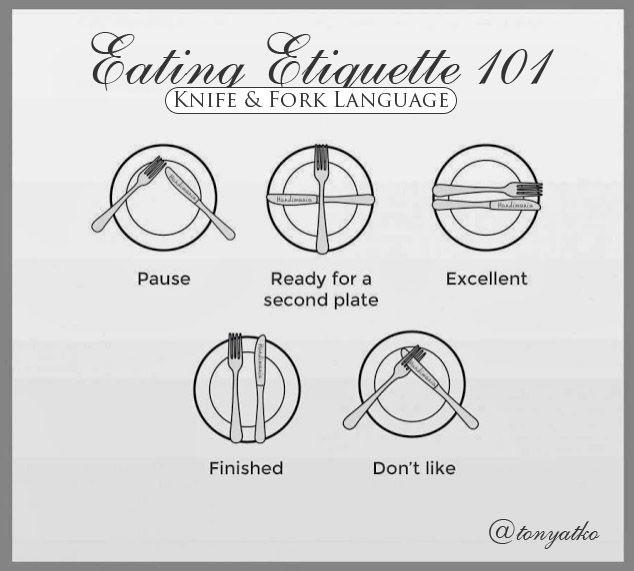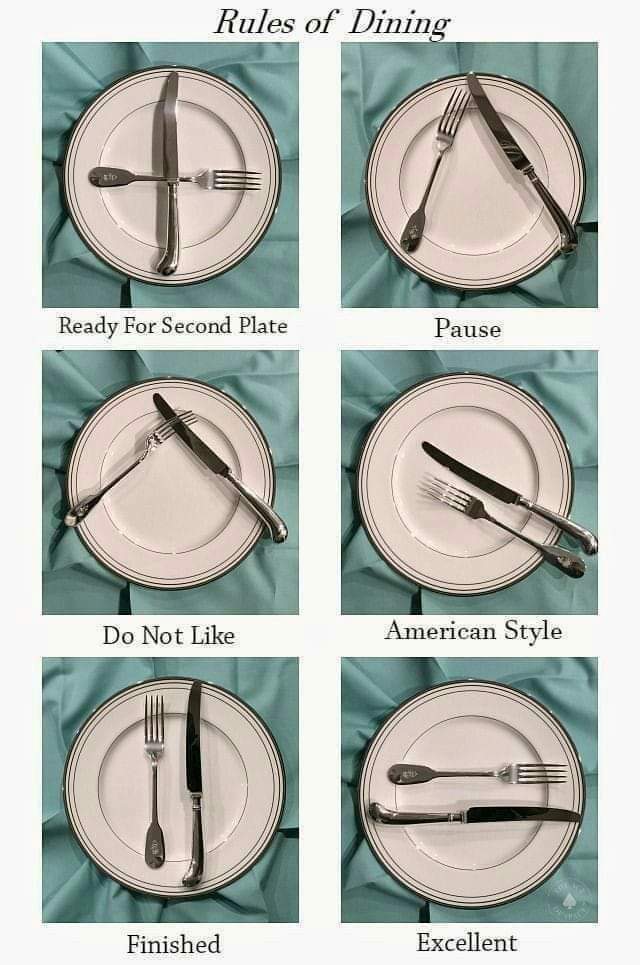Mastering Dining Etiquette: Proper Knife and Fork Placement Guide
Dining etiquette is an essential aspect of refined social interactions, and proper knife and fork placement play a significant role in setting the tone for a formal meal. In this comprehensive guide, we provide a clear and detailed overview of the correct placement of knives and forks on the dining table, ensuring you can navigate any dining occasion with confidence and grace.
1. Basic Principles of Placement:
Understanding the basic principles of knife and fork placement is fundamental to proper dining etiquette.
Knives are traditionally placed to the right of the dinner plate, while forks are positioned to the left.
The arrangement follows the order of use, with utensils for the first course placed on the outer edges and those for subsequent courses moving inward.

proper knife and fork placement
2. Setting the Table:
When setting the table for a formal meal, arrange the knives and forks in a systematic and orderly manner.
Each utensil should be spaced evenly from the edge of the table and aligned with the plate's rim. Consistency and symmetry contribute to an aesthetically pleasing table setting.
3. Fork Placement:
Forks are placed to the left of the dinner plate, with the tines facing upward.
The fork for the first course, such as the salad or appetizer, is placed farthest to the left, followed by subsequent forks moving inward towards the plate.
Dessert forks may be placed horizontally above the dinner plate or brought out with the dessert course.
4. Knife Placement:
Knives are positioned to the right of the dinner plate, with the blade facing inward.
Similar to forks, knives for each course are arranged in the order of use, with the knife for the main course placed closest to the plate. Specialty knives, such as those for butter or seafood, may be included as needed.

proper knife and fork placement
5. Additional Considerations:
In addition to knives and forks, other utensils, such as spoons and specialty tools, may be part of the table setting depending on the menu and dining customs.
These utensils are typically placed to the right of the knife or above the dinner plate as needed.
6. Adhering to Tradition and Protocol:
While modern dining etiquette may vary in some respects, adhering to traditional placement guidelines demonstrates respect for formal dining customs and ensures a polished and sophisticated presentation.
By mastering proper knife and fork placement, you can navigate any dining occasion with elegance and confidence.
Proper knife and fork placement are essential elements of dining etiquette, reflecting attention to detail and respect for tradition. By following these guidelines, you can create an inviting and visually appealing table setting that sets the stage for a memorable dining experience. So, whether hosting a formal dinner party or dining out at a fine restaurant, remember to adhere to the principles of proper utensil placement and elevate the dining experience for yourself and your guests.